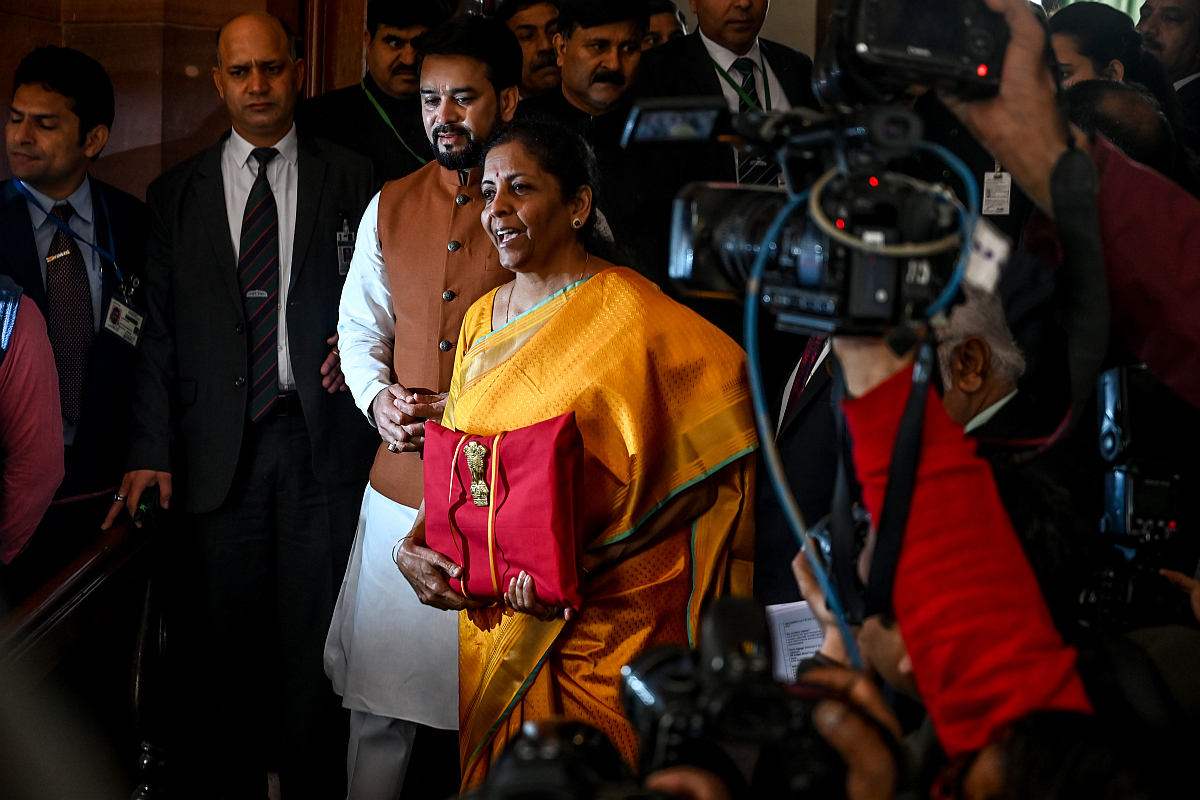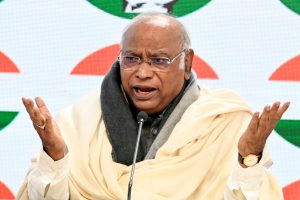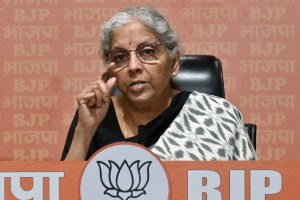As the Budget-making exercise nears its end, the volume of suggestions to the Finance Minister has reached a crescendo. The ‘halwa’ ceremony that used to mark the sequestration of budget makers in the bowels of North Block has been duly performed by the FM but due to the Coronavirus scare, the budgetmakers have escaped incarceration this year. Another novelty is that both the Government and public have woken up to the need of enhanced social sector spending; the pandemic has made everyone aware of the poor state of public health and education facilities. Some economists have gone so far as to suggest that the expenditure on health services be increased from the present level of 1.5 per cent of the GDP to 2.5 per cent of the GDP. Yet no one, so far, has given any plan or even a roadmap for spending the increased allocation of roughly Rs 2 lakh crore suggested by them.
History shows that allocation of funds beyond the spending capacity of a department results in wastage and worse. To recollect, huge allocations were made to various states under the National Rural Health Mission (NRHM); after a series of murders of top health officials in UP in 2010, it was noticed that a sum of around Rs.10,000 crore had been defalcated from NRHM funds. Even after a decade, not even a small part of the misappropriated funds has been recovered and none of the murderers have been brought to book. Neither has there been any significant improvement in healthcare services.Similarly, we have on the authority of the Economic Survey 2012, that Maharashtra’s irrigation potential increased by only 0.1 per cent during the years 1999 to 2009, even after Rs.70,000 crore had been spent on various irrigation projects. It is not difficult to guess where such money goes; according to the latest report of Transparency International, India has the highest bribery rate in Asia. The large number of such instances should be an adequate warning to planners not to allocate funds till the exact use of the funds has been decided upon and guidelines for execution have been drawn up.
The Planning Commission has been replaced by the Niti Ayog but there has been no fundamental change in the way plans are made or projects are executed. A recent concept paper circulated by the Central Vigilance Commission noted that over 80 per cent of public projects were running behind schedule. The paper further noted that the quality of various public projects was a “major area of concern.” Needless to add there are significant cost overruns in delayed projects.
For example, the NHAI building in Dwarka took nine years to complete. The building was conceptualised in 2008, tenders were floated in 2011 but it took two governments and eight chairmen to finish the construction. At the inauguration of the building, the Transport Minister Nitin Gadkari said that the photographs of officials responsible for the delay should be displayed in the building “so that people come to know about those great personalities who took nine years to construct a building.” Contrast it with the way the Chinese execute projects. Recently, a 1,500-bed hospital for Covid patients was completed in five days in Nangong.
The way bureaucracy works is best exemplified by the way the vaccination drive against Covid-19 is being run. While vaccination centres in other countries operate 24×7, vaccination centres in India function in single shift, five days a week with offs on gazetted holidays. Like most Government digital initiatives, the vaccine registration programme, CoWin, is also acting up. Looking to the fact that around 1.5 lakh people are getting the jab every day and a single person requires two shots, it would be a long time before we reach the critical mass of 100 crore vaccinated people. One could have expected more urgency and better implementation for a project of critical importance, for which preparations were afoot for months.
Most of the times, delays are built in the system but sometimes projects are deliberately delayed for ulterior gains as in the Commonwealth Games scam, where the scamsters did nothing for four years, waiting for deadlines to approach, so that they could bypass rules and procedure to make purchases at inflated prices. Significantly, after the initial hoo-ha the Commonwealth Games scam has gone in cold storage, with not a penny being recovered from the scamsters.
Government schemes are premised on the assumption that Government employees would do their part diligently and honestly but Government employees believe that their role is restricted to writing notes on files and making some moolah on the side. Government schemes often fail because senior officers cannot make their juniors overcome their aversion to honest work. The Government has tried to leverage technology to make up for the lack of performance of its employees, but employees who do not do Job A, would not do Job B also. Additionally, the untried and untested Version 1 computer programmes, as also the outsourced staff manning the Government’s computers, hinder its performance. The death of subsidised ration beneficiaries who could not get PDS food grains because of Aadhaar mismatches highlights the ill effects of badly implemented technological solutions. In many cases, technology has compounded operational problems because most Government Departments have failed to formulate SOPs for the new technology-enabled environment.
Experience shows that increased expenditure on a project can never guarantee a better outcome, which depends almost entirely on well-planned, corruption- free execution. The size of the Union Budget which was Rs.3.38 lakh crore in the year 2000 and Rs.11.08 lakh crore in 2010, has gone up to Rs.30.42 lakh crores in 2020. Whether the tripling of Budget Expenditure every ten years has led to commensurate benefits is a moot question.The bottom line is that better results would come about not by increased outlays alone but by adequate spending in conjunction with improved governance, which is a function of optimised bureaucratic processes and a reliable mechanism for ensuring accountability. Proper training to Government employees and well-thought-out SOPs, in light of recent technical advances and changed business practices, can help in achieving these twin objectives. As things stand, any question on government functioning is stonewalled with rules, sub-rules, instructions and circulars which are designed to deflect responsibility when things go wrong. For the longterm, the reports of the First and Second Administrative Reforms Commission (1966 and 2005) could be implemented.
Perhaps, to control time and cost overruns we should condense the timeline of all Government projects to one year. Typically, each Government Department has scores of projects running simultaneously. Budget allocations are made in a way that some projects hibernate while some others are speeded-up. For example, while we wait for regular train services to start, last week, eight trains were flagged off from Kevadia in Gujarat on a single day ~ one with a Vistadome coach ~ which is a novelty for Indian Railways. If, a time period of one year is uniformly allocated for all Government projects, starting from 1 April, cost and time overruns could be easily monitored. As the Chinese example, quoted earlier shows, this is not an impossible proposition; with proper changes in mindset and archaic rules, Government functioning can be substantially accelerated. For projects that really require more than a year’s time, definite yearly targets could be set The Budget and planning processes can also do with some improvements. Currently, bureaucrats in Delhi or the State Capital decide what new initiatives would be taken up and what would be the budget for such initiatives. It does not help that implementers have no say in formulating plans that they would have to execute. Instead of this ‘top down’ approach we can have a ‘bottom up’ approach to planning where the actual field workers suggest projects that can be taken up in their area. An aggregate of viable initiatives could form the basis of the Budget. Such projects would have a greater chance of success because both the authorship and the responsibility of implementation would be with the same set of people.Perhaps, the Government should heed PM Narendra Modi’s excellent advice on good governance: “While transparency reduces corruption, good governance goes beyond transparency in achieving openness. Openness means involving the stakeholders in decision-making process.Transparency is the right to information while openness is the right to participation.”










